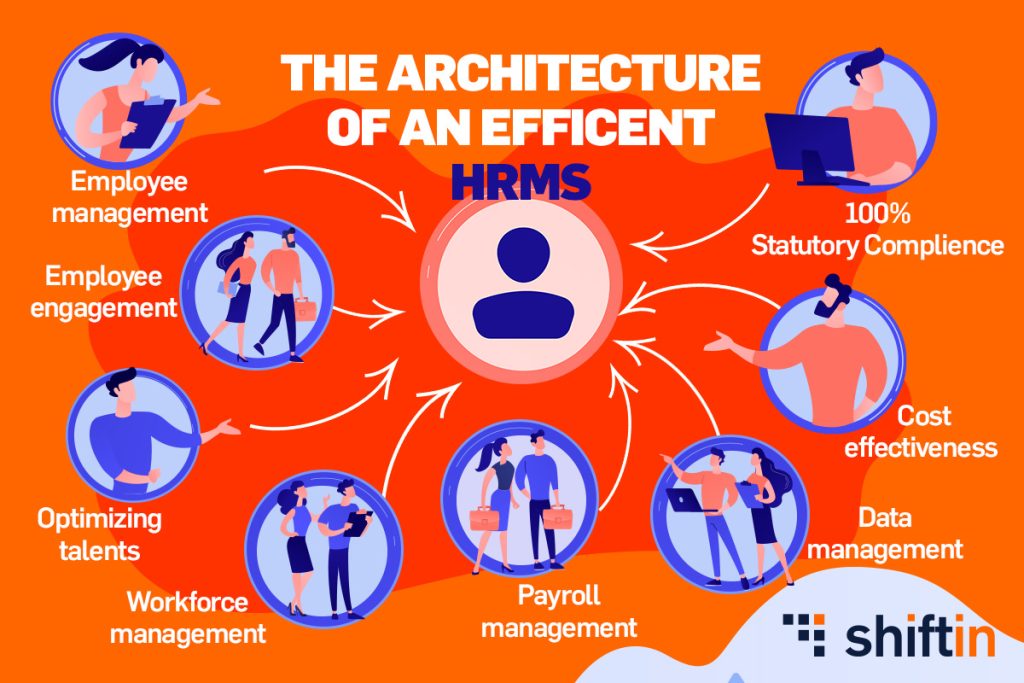In the ever-evolving digital age, selecting the right HRIS (Human Resources Information System) software for efficient workforce management has become a crucial challenge for any organization. With a growing number of options available, it’s essential to identify an HRIS software that meets the specific needs of your company. In this article, we will explore the key factors to consider when choosing such software, considering the requirements of staff and middle management, HR and payroll professionals, as well as management and C-level executives.
Assessing Organizational Needs
The first crucial step in choosing effective HRIS software is assessing your organization’s unique needs. Every company has specific requirements when it comes to personnel administration and workforce management. Identify pain points in your current processes – from shift scheduling to integration with payroll and reporting – and think about how HRIS software can provide solutions.
Key Features to Look For

When exploring different HRIS software options, ensure they offer key features that align with your needs. Some of these include:
Shift Scheduling
Make sure the software includes automated shift scheduling capabilities, easing the burden of planning for your team.
Integration with Payroll
A critical aspect is the software’s ability to seamlessly integrate with the payroll process, ensuring data accuracy and consistency.
Advanced Reporting
Choose an HRIS software that offers robust reporting tools, allowing you to gain valuable insights into employee performance and efficiency.
The shiftin Option for Automated Shift Scheduling
One excellent option to consider is shiftin, an automated shift scheduling software solution. With an intuitive interface and powerful program optimization features, shiftin is an ideal choice to simplify the shift scheduling process and optimize human resources.
In conclusion, selecting effective HRIS software for workforce management requires a careful analysis of your organization’s needs and the functionalities offered by different options. Ensure the chosen software aligns with your team’s specific requirements and can significantly enhance operational efficiency.
By integrating with payroll, automating shift scheduling, and providing detailed reports, quality HRIS software can significantly contribute to your organization’s success.




















